A Beginner's Guide to Planting Almonds in the Fall

Almond — a unique tree. It boasts a delicate fragrance, beautiful pink-white blossoms, and...
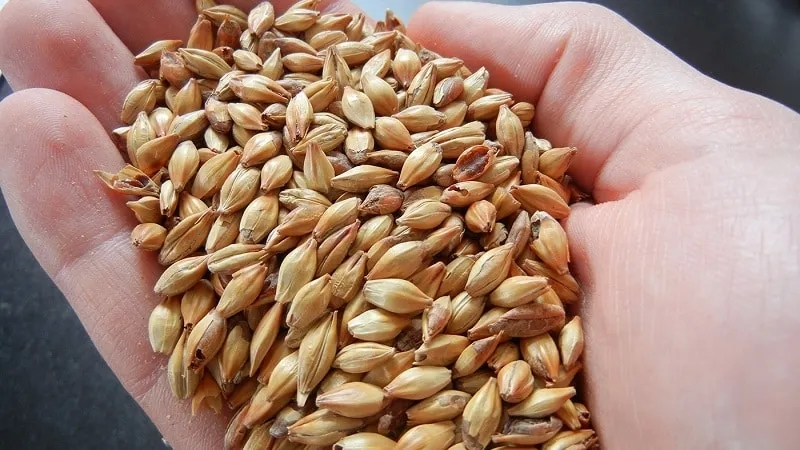
The quality of malt determines the taste, aroma, and color of beer. To brew this hoppy beverage, specific barley varieties are used—each one takes breeders an average of 10 years to develop. Special cultivation techniques ensure optimal grain characteristics.
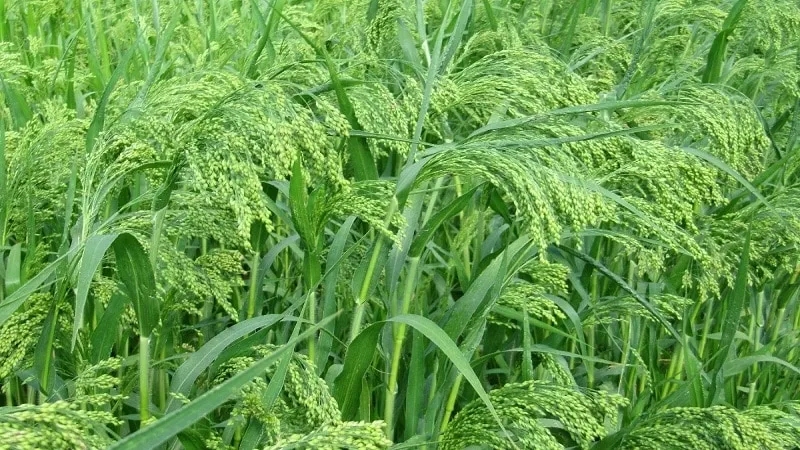
Millet is considered the oldest cultivated cereal on the planet. This plant has been benefiting humanity for thousands of years, yet few know what it looks like or which grain is derived from it.
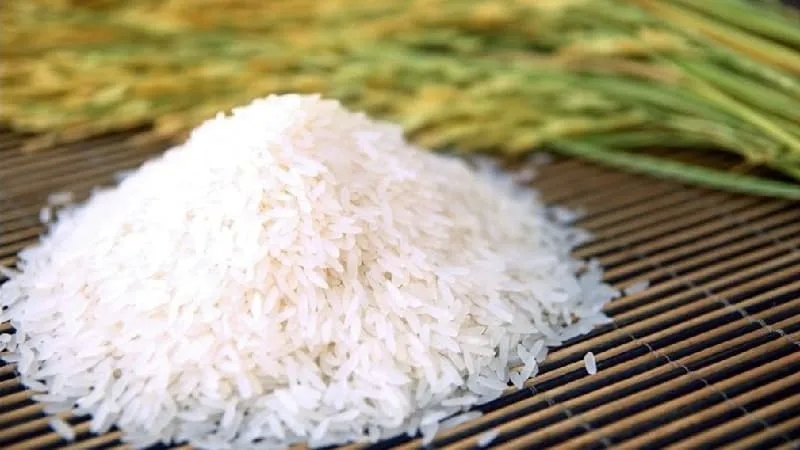
Jasmine rice has long been used in a variety of dishes across many world cuisines. This unique grain, with its delicate milky flavour and floral jasmine aroma, can transform any meal into a true gastronomic masterpiece. In this article, we’ll explore what Thai jasmine rice is and the best ways to prepare it.
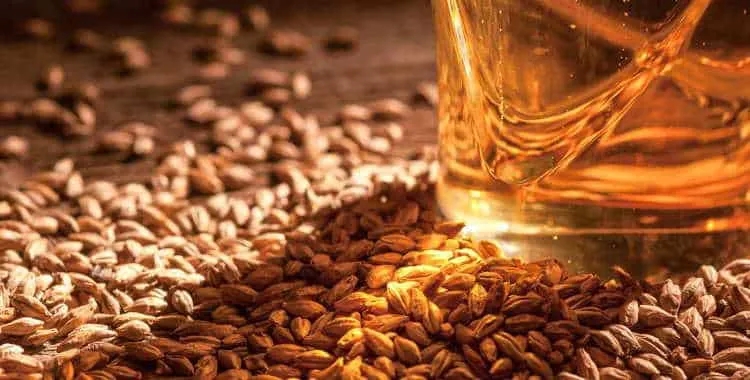
While the harmful effects of alcohol are widely discussed, festive tables across Europe are rarely complete without a selection of drinks. Medical professionals acknowledge that alcohol in small doses can even have benefits. However, finding high-quality products can be challenging—even expensive beverages with bright labels from well-known brands are often counterfeit.
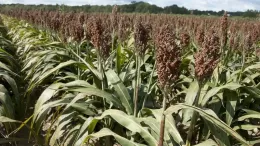
Sorghum Sudanense, commonly known as Sudan grass or Sorghum sudanense, is an annual flowering plant from the Poaceae family. Due to its high nutritional value, the plant is widely used as a forage crop.
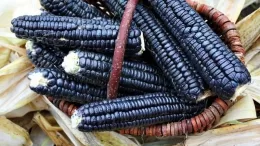
If you come across black-coloured corn – don’t assume it’s spoiled. This unusual hue belongs to a Peruvian variety of maize. In Europe, it’s quite rare. The unique colour of black corn comes from its high anthocyanin content – natural antioxidants known for their anti-inflammatory and even anti-tumour properties. But what other benefits does Peruvian maize offer? Could it harm your health? And what dishes can you prepare with it? Read on to find out.

Almond — a unique tree. It boasts a delicate fragrance, beautiful pink-white blossoms, and...

The blooming pomegranate is a sight to behold: against a backdrop of bright lime-green, lacy...

The sawfly — the most destructive insect — can reduce the yield of gooseberries and currants by up...

Spring — the most favourable time for garden work. During this period, fruit tree grafting begins....

Raspberries are grown across Europe: from the sunny Mediterranean to the cool climates of...

The word "lemon" refers to both lemon trees and their fruits. This member of the Citrus family...

Nature has provided humanity with a vast variety of fruits that offer beneficial effects on the...

Freshly squeezed orange juice boasts outstanding taste, dietary, and health benefits. Its...